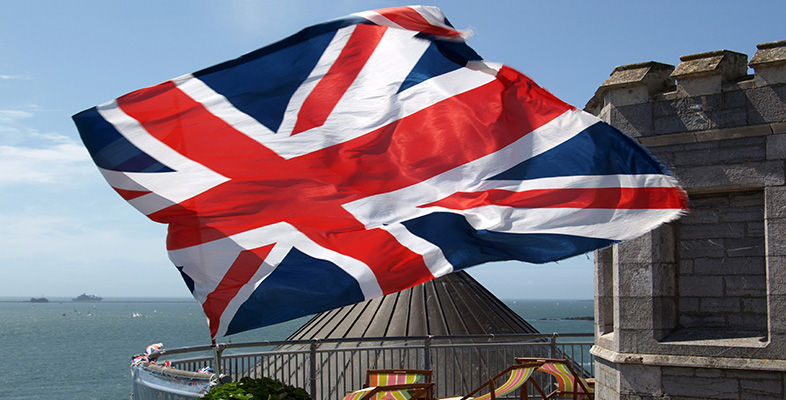5 Nationalism as an ideology
5.1 Ideology: a contested concept
Propagators of ideologies use images and symbols to get people to believe and act in certain ways. Nationalism as a political ideology uses the idea of ‘nation’ to achieve political goals, and may be the most potent ideology in existence. It is worth reflecting for a moment on what kind of ideology it is. And it is worth reminding ourselves that ideology is a contested concept; a term that can mean different things. Marx and Engels subscribed to the notion of ideology as a set of ideas that induce false consciousness in workers under capitalism. A second sense of ideology is that set of left and right ideologies we hear about in day-to-day politics: communism, socialism, liberalism and conservatism, for example. Nationalism, we could say, represents a third type of ideology. It is not easy to locate on the left-right ‘ideological spectrum’, though today nationalist rhetoric, generally speaking, is something more often heard from the political right. It is concerned with creating or maintaining the very political unit that the left-right ideologies need to ply their trade in the first place. One could pursue socialist or conservative strategies without reference to national governments, but most often they are thought of, and pursued, in terms of government policies for nation-states. So, nationalism is a political ideology, but a distinctive one. In a sense, if a nationalist ideology is successful it makes possible the pursuit of other ideologies in the sense of ‘left’ and ‘right’ policy prescriptions.
According to Michael Freeden (1998, pp. 751–2), the five elements which constitute the core structure of nationalism are:
‘the prioritisation of a particular group – the nation – as a key constituting and identifying framework for human beings and their practices’
‘a positive valorisation is assigned to one's own nation, granting it specific claims over the conduct of its members’
‘the desire to give politico-institutional expression to the first two core concepts’
‘space and time are considered to be crucial determinants of social identity’
‘a sense of belonging and membership in which sentiment and emotion play an important role’.
Freeden does not discuss explicitly issues of centre and periphery, but notice how the imagining, creation and institutionalising of centre-periphery relations is critical in this account. The second point puts forward one's nation as a core of value; the third is about the creation of varied markers of centre and periphery; borders, government institutions and others that embody, and which make real, what the ideology has imagined.
Freeden rightly warns that this set of concepts cannot be used to explain a great deal in itself. It is necessarily a highly abstract set of elements, which need filling out with particularities of specific cases and elaboration using other concepts. Nevertheless it provides a useful frame for exploring the texture of nationalism as an ideology. We will consider four of these elements in turn (discussion of space and time, the fourth element, is implicitly covered in the discussion of the others).
